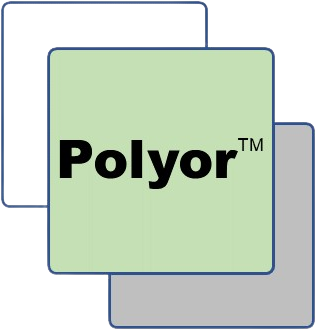The Günther et al. 2024 article regarding the European Commission’s carbon removal certification framework (CRCF) merits a readthrough. Quite (too!?) critical of current carbon-farming, let me quote a few snippets ; ...
Read moreBlog & News
I rest my case ! See the following article concerning the economics of carbon-farming ; Berta & Roux 2024. "The endless expansion of carbon offsetting: sequestration by agricultural soils in historical perspective" / Cambridge Journal of Economics 2024, 1 of 20
Read morePolyor SAS's, tenuous!, on-line participation in CREDIBLE's recent European Carbon-Farming Summit (Valencia, March 05-07). Thanx to Andrea Ferrarini (FG1.2 - Economic Value of SOM) for accommodating my absence at the event. For those interested, herein the pitch's pptx & the accompanying text.
Read moreCarbon-farming or soil conservation? Soinne et al. 2024 is a reminder that things might be simpler than they look; "Alongside the aim of increasing OC accrual in mineral agricultural soils, we should stress the importance of maintaining [conserving] the current OC stocks".
Read moreCarbon-farming as a means of SOC build-up & sequestration are getting a lot airtime recently. This said, the jury seems to be still out, not having reached any consensus. For instance ; ...
Read moreProblems of measurements. Despite its focus on CDR (carbon dioxide removals) in Californian forests, Joseph Wilson’s 2024 article is nevertheless relevant to the carbon-farming conundrum. Wilson evokes baseline projections, carbon-sequestration, degrees of uncertainty, measurement processes & their costs, subjectivity, alternative approaches, etc.
Read moreMinasny et al. 2023 - " ... when considering soil, we must shift our focus away from increasing to maintaining SOC stocks and reducing losses. We need to redirect our attention toward ongoing soil degradation /…/ our primary concern should not be the share of GHG emissions that SOC could offset if we increased its stocks; rather, we should emphasize the significant impact by preventing avoidable losses.”
Read morePost-COP debrief. I read with interest Robert Höglund’s latest report from COP28; “Carbon credits' greatest problems have been their inability to live up to the offset claims made on the back of them. Even if some of the credits were creating an impact, it is very hard to prove that a ton was truly avoided or removed thanks to the purchase of a credit. /…/ companies should use credits to claim they contribute to climate action.
Read morellustrating AgroNum™. As a follow-up to a recent Polyor SAS post, herein another example of how & when AgroNum™ N-fertilizer response curves (CRP) sit well with those obtained from certain European long-term experiments (LTE). This specific LTE is situated at Rothamsted, Harpenden UK,
Read moreVALIDATION. Long-term experiments (LTE) are often good illustrations of sustainability. Often, the RDN grain-nitrogen yield response to TUN N-fertilization on such LTEs is analogous to AgroNum™ N-fertilizer response curves. Herein, data from Knapp et al. 2023 for winter-wheat over 30 site-years.
Read moreAgroNum™ validation as a means to soil organic carbon & nitrogen conservation. 200 field-plots whose cropping practices (CP) were modified to increase grain yields in accordance with Polyor SAS’s AgroNum™ N-fertilizer response curves were modelled using an R version of the well-known soil organic carbon model, RothC.
Read moreN-fertilizer response curves for cereal & other non-legume grain field-crops are not quadratic, but rather quasi power functions. This fact has been around for some time; Lassaletta et al. 2014, Bodirsky et al. 2014. This said, Polyor SAS's AgroNum N-fertilizer response curves go much further.
Read more


